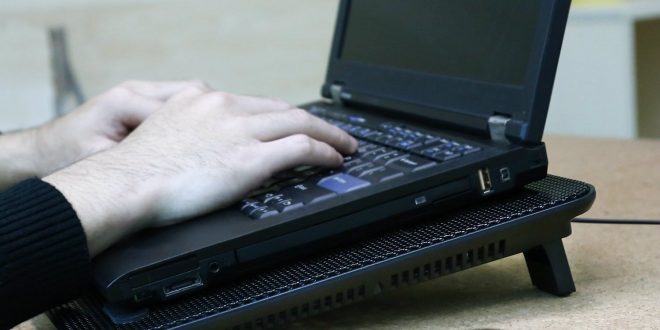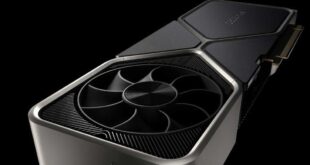Let’s be honest – it doesn’t take a lot for a laptop to overheat. They’re tiny, portable machines that can get pretty hot, pretty fast and there’s not a lot you can do about it… Or is it?
Of course, there is. Laptops are small and they don’t come with large radiators or 120mm intake and exhaust fans to move all of the hot air around and keep your components cool, but then again, a well-built laptop with quality components can keep the temperatures at a reasonable degree if used properly. In the events of your machine overheating, here’s what you have to do.
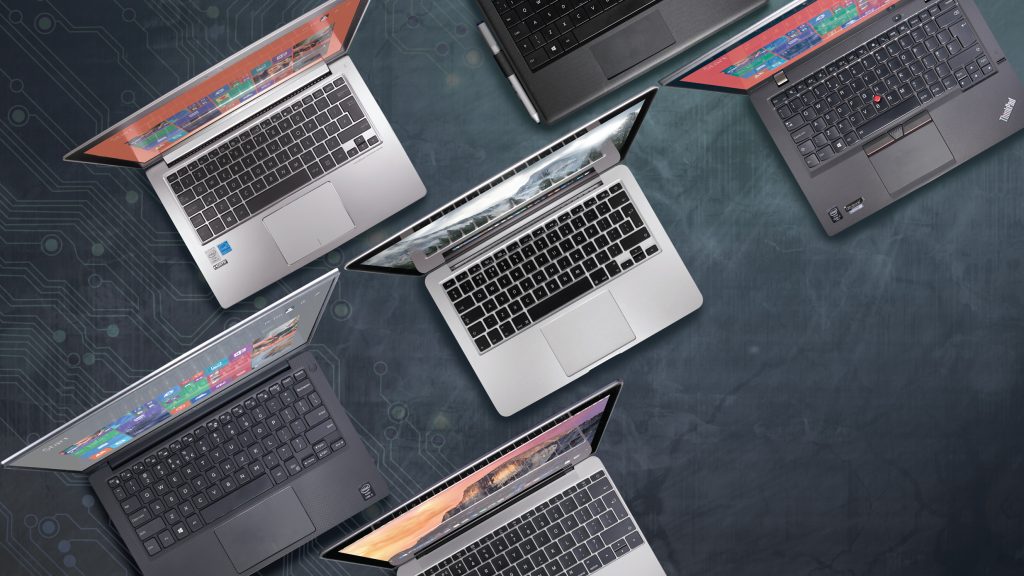
1. Check The Temperature
There is more than one way to tell your laptop is overheating. You can notice a substantial difference in performance if your machine starts thermal throttling in order to lower the CPU and GPU temps, you can hear the fans working at full capacity or you can simply feel the bottom panel of your laptop melting onto your lap. The first thing you should do at that point is to check the temperature. There’s plenty of temp monitoring software online and doubt you’ll struggle to find one. Install the software, run it and if you see that your CPU or GPU temps are high (80° C or higher) you should probably do some of the following.
2. Clean It
If you start noticing your laptop heating up more often or if you notice the fans spinning like they’re about to launch a rocket into space – it’s probably time to clean your laptop. Most laptops can benefit from a regular cleaning schedule. Cleaning your laptop quarterly should do the trick. Now, you won’t have to do anything complicated – you won’t even have to remove the bottom plate. All you’ll need is a can of compressed air that you’ll use to blow dust out of the intake and exhaust fans on the bottom of your laptop. Do it until you no longer see the dust particles coming out of the laptop. Once you do that, you will probably notice a difference in temperature, fan sound and performance.
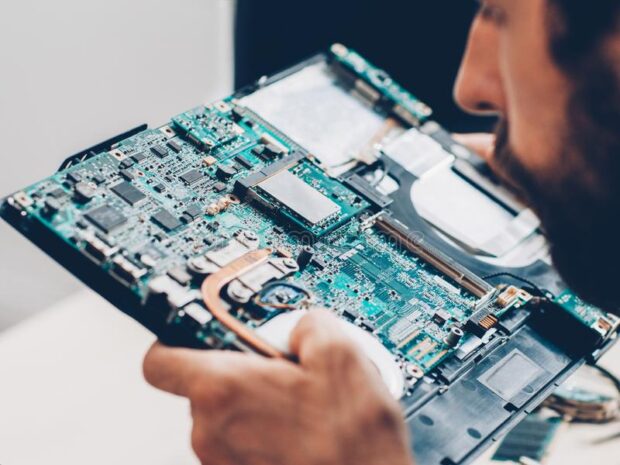
3. Call For Help
If you follow the cleaning schedule and you still experience some thermal spikes, maybe you should call someone. At that point, you could be dealing with some hardware issues, but unless you know how to fix them, you should find someone that can. Don’t worry. In most cases, it’s nothing too hard to fix. It could just be that your thermal paste or pads have lost their conductivity and need to be replaced. That leads us to our next point…
4. Replace Thermal Pads & Paste
The temperature of your device could be spiking because the thermal padding or paste has lost their conductivity and they can no longer effectively dissipate heat from the important components like CPU and GPU. Replacing thermal pads or paste is rather simple and you can learn more about it in just a few clicks. There are numerous tutorials online, both written and in video format, for pretty much any laptop money can buy. Basically, you’ll need to remove the heat sink, clean the old thermal paste, apply the layer, put the heat sink back on and you should be good to go.
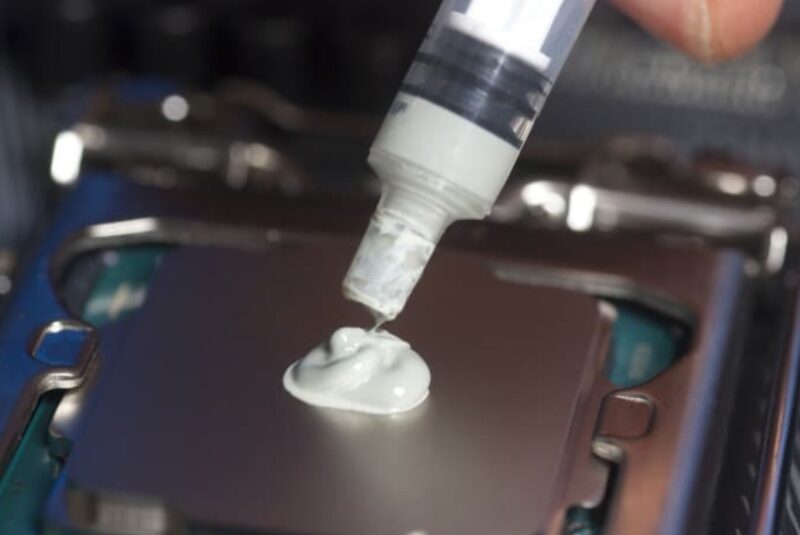
5. Control The Fan Speed
In some cases, your device could be overheating because your fans aren’t working hard enough. As you know, the fans will get louder and will work harder when you’re doing some intensive work on your machine, but nothing’s stopping you from making the fans work hard at all times, to stop your laptop from overheating. Naturally, this comes at a cost and that’s noise, because no matter how great the fans are – they’re never quiet when they’re at full capacity.
6. Invest In A Laptop Cooler
Now, it’s debatable just how helpful laptop coolers are – especially the cheap, affordable ones. However, if there’s a way to additionally cool your laptop you should give it a try. Laptop coolers are pretty much basic laptop stands, only these ones come with a fan or a few. The general idea is that the additional airflow help keep the temperatures lower, but it’s hard that you’ll see any significant impact, considering you’re cooling a bottom, plastic plate.
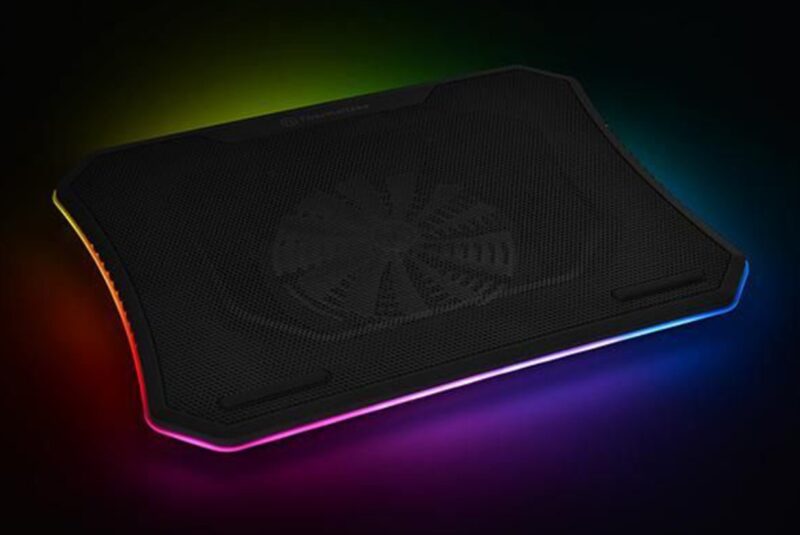
7. Keep Your Laptop Elevated And On A Flat Surface
As you could’ve guessed by now, the best way to cool a laptop is to make sure the airflow is good. That’s pretty much the gist of it. Now, most laptops have intake grills on the bottom and exhaust fans on the side, which means that the hot air goes out from the side, but the new, cold, fresh air comes in from within. Now, if you’re using your laptop in bed, unless you’re using a stand, you’re 100% obstructing the airflow and thus impacting the cooling. A laptop should always rest on a flat surface so that the intake fans can suck in the fresh air from underneath the laptop. It can’t do that if you’re keeping the laptop on your bed, or any other soft surface that makes a laptop sink in it.
8. Don’t Keep It On Your Lap
First of all, if your laptop is running really hot and you’re keeping it on your lap – you should stop and think about your life. Computer components get hot – really hot. In some instances, when you’re doing some intensive work or if you’re playing a triple-A game – CPU and GPU can easily run as hot as 100° C. That means that the outside of your laptop can get as hot as 60° C or even more. Those kinds of temps can easily burn your skin. Also, keeping the laptop in your lap also obstructs the airflow resulting in higher component temperatures.
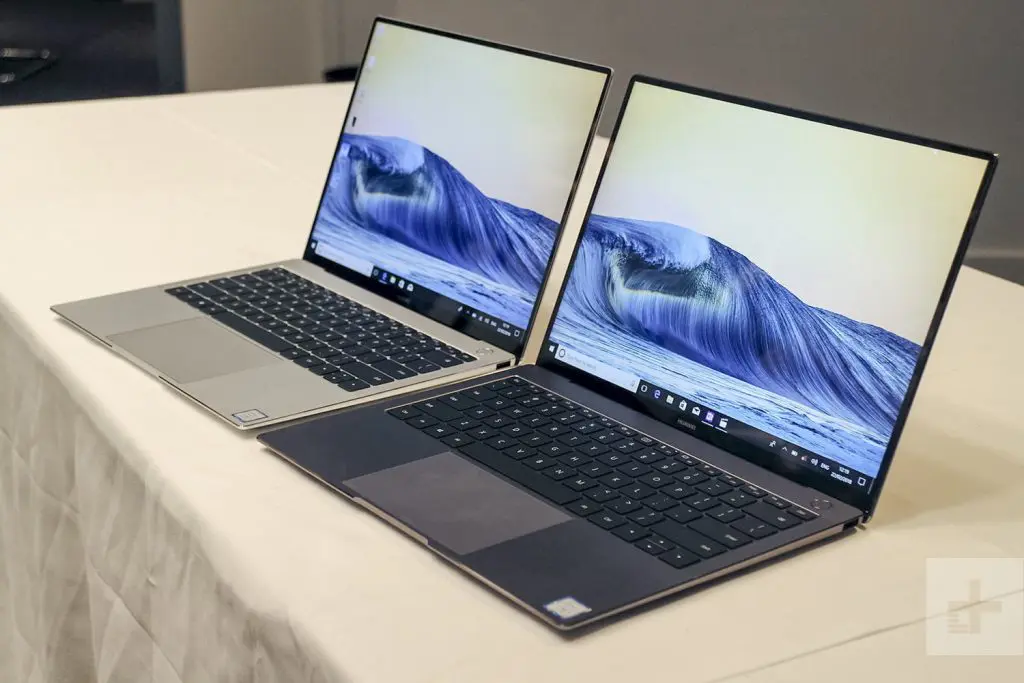
9. Get A Desktop
All jokes aside – unless you’re planning on spending several thousands of dollars on a laptop, you’re never going to experience proper cooling. If you want your computer to run warm – you’ll need a desktop.
Conclusion
As you can see, there are a lot of things you can do to help lower the temps of your laptop components. Now, some of these are more effective than others, but all of them should help at least a little bit. Hopefully, we’ve been helpful.
 Comeau Computing Tech Magazine 2024
Comeau Computing Tech Magazine 2024
